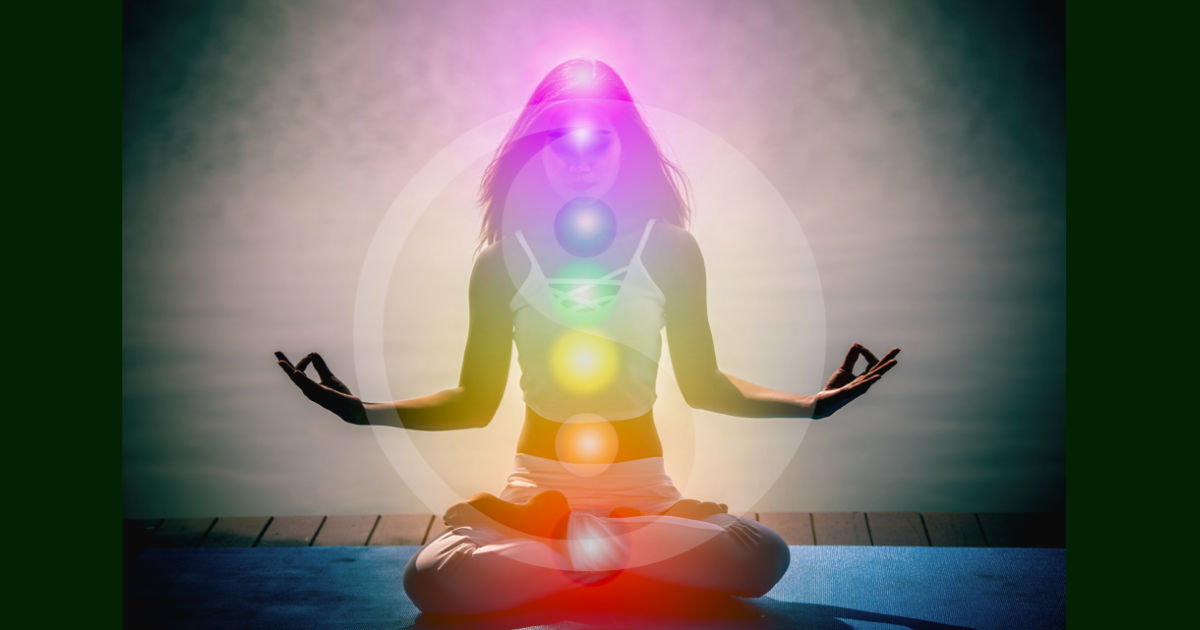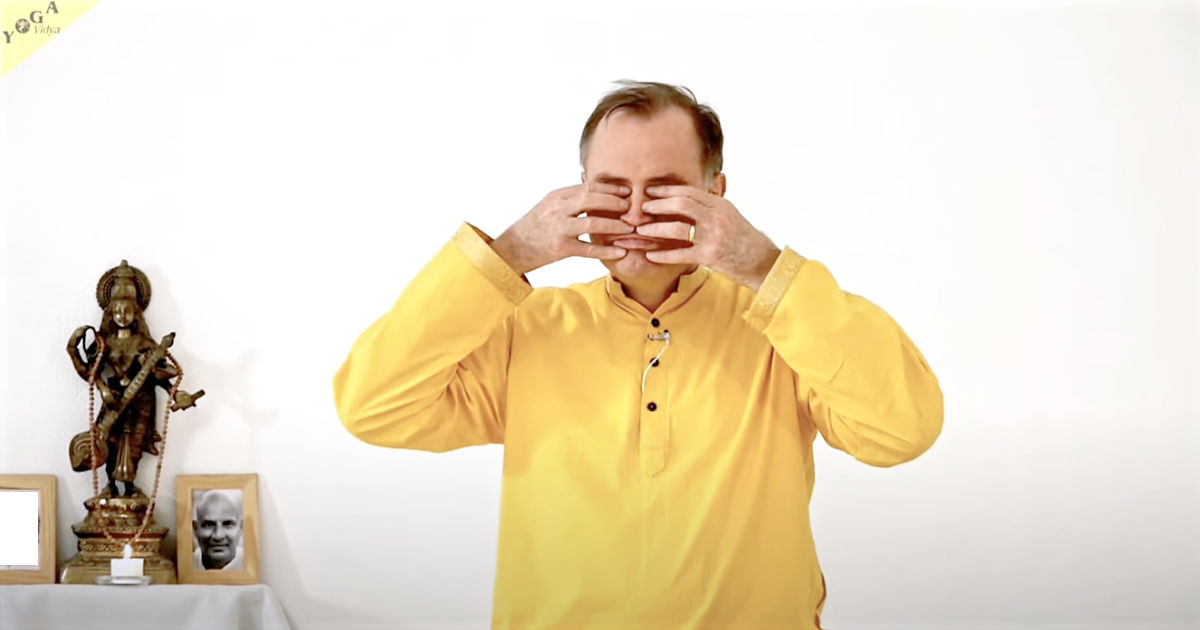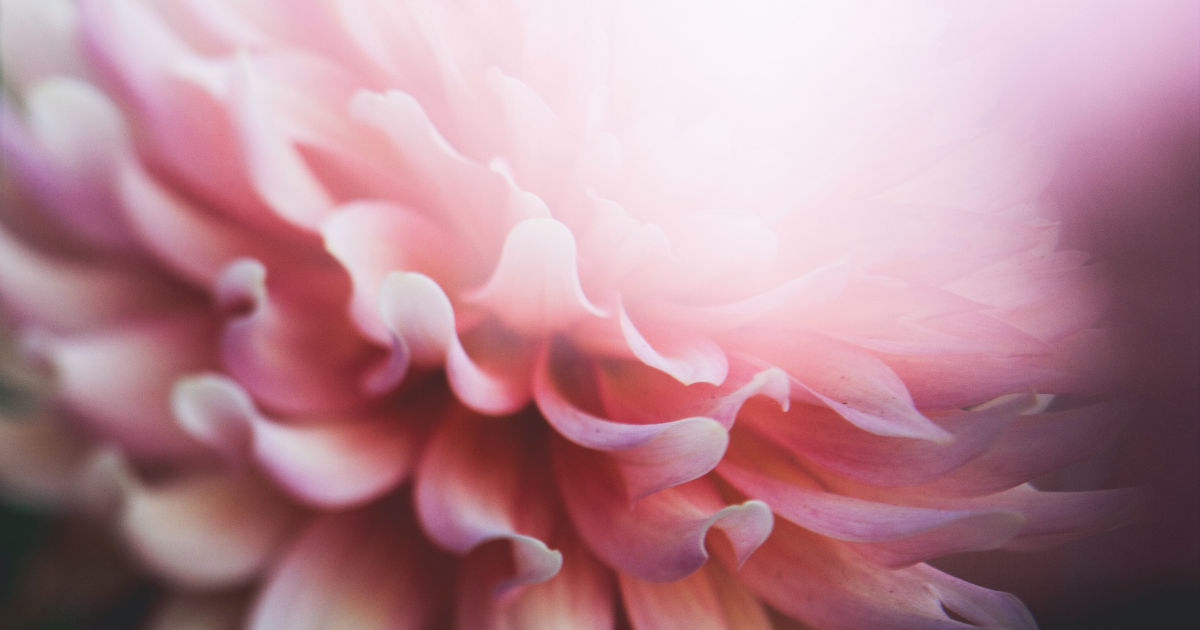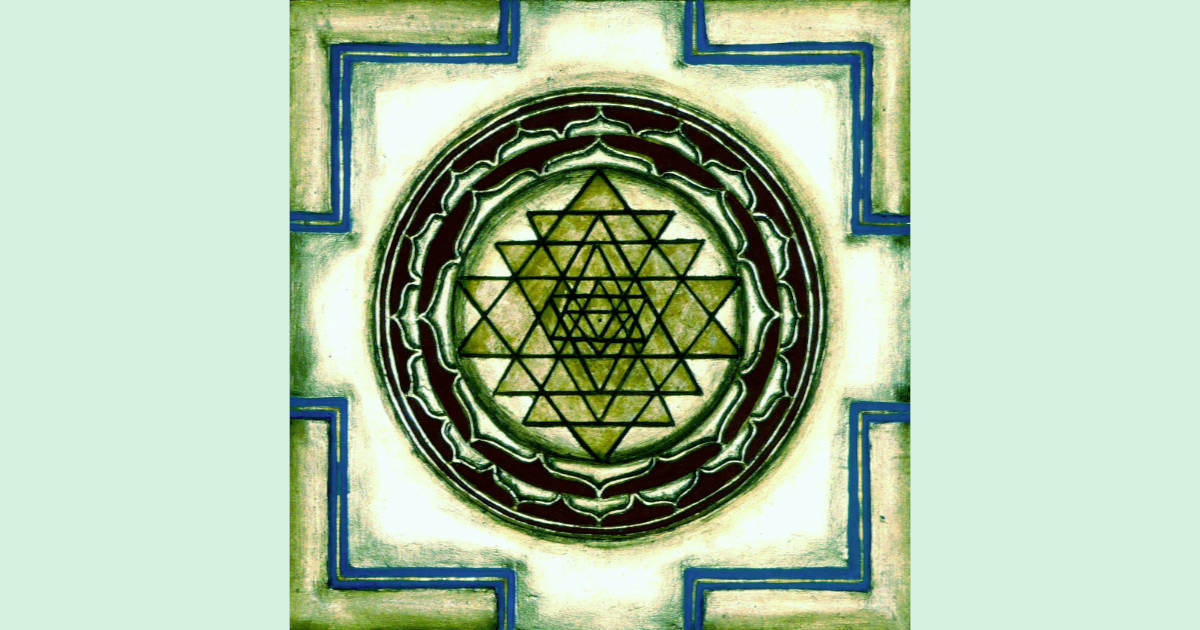The trishul in Shiva’s right hand represents the three Gunas – Sattva, Rajas and Tamas. It is his emblem of sovereignty. He rules the universe through these three gunas. The damaru in his left hand represents the Sabda Brahmin (transcendental sound). Continue reading
Tag Archives: mooladhara
567 – Chant with your heart – part 6
Soham with Shanmukhi Mudra.
This last stage is the most difficult and requires intense imagination, patience and control over the breathing process. First practice Shanmukhi mudra. Close your ears with the thumbs. Close your eyes with the index fingers, and lips with the ring and little fingers. Take a deep breath in and then close your nostrils with your middle fingers. Continue reading
566 – Chant with your heart – part 5
Spinal passage rotation with kundalini visualization and Soham.
Be relaxed mentally and physically. Practice deep rhythmic breathing. Become aware of the spinal passage and take the ingoing breath from ajna chakra at the top of the spinal passage down to mooladhara chakra at the base. As the breath moves down the spinal passage, try to feel it piercing each chakra in turn, but do not try to name them or stop at any one. Continue reading
370 – An immediate meditation practice
Concentrate on the mooladhara chakra. Practice ujjayi pranayama. While inhaling visualize the breath rising from the mooladhara in the spinal passage and reaching ajna chakra, directly behind the eyebrow center. Contract throat, hold breath for five seconds. Exhaling, mentally chant a-u-u-m-m-m-m-m. Feel the vibrations going down your spine and piercing visshudhi, anahata, manipura, swadhisthana and mooladhara in the spinal passage. Concentrate on mooladhara for five seconds. Then inhale and ascend again with the breath. Practice for ten minutes daily.
Given by Swami Satyananda Saraswati in Satsang in 1979.
Aim Hrim Klim
306 – Understanding Tantra
Tantra is a very important part of the Hindu way of worship. In the course of history, it was divided into three main branches, Shakta, Shaiva, Vaishnava. Its sources are the Vedas. Every branch of Tantra has its own agamas. Agamas are believed to be the words which came out of God’s mouth. They were the pearls of wisdom emanating from Devi, Shiva, and Vishnu. Continue reading
305 – Who is Shakti?
We use the word Shakti, very freely in our daily life. Shakti is the presiding deity of Tantra Shastra. She is the feminine principal to whom all mantras, mudras and other elements of worship are devotionally dedicated. Continue reading
195 – Mesmerizing colours
Who does not love the colours of the seasons? There is no misunderstanding and there are no clashes. In the Hindu tradition, we have different colours for different days of the week. There are numerous arguments on the subject. Continue reading
187 – The thousand names of Devi
Lalita Sahasranama means the thousand names of the Goddess Lalita. The thousand names of Devi are chanted in adoration and salutation to the goddess. How would we describe the nature of the Shakti of Lalita. The word Shakti comes from the root shak, which means the divine power by which the universe is created, maintained and destroyed. Shakti and Shaktiman both mean the ruler and controller of the power. Continue reading
147 – The impact of sadhana on our elements and chakras
I have shared my understanding about the elements and chakras and how they affect our spiritual growth. We address our five senses, auditory, tactile, visual, gustatory and olfactory through the process of pratyahara. Our senses are constantly functioning, and our thinking is influenced by them. Continue reading
135 – How can we perform a Puja
There are five elements which comprise our offering to the deity. I write deity for the God as statue or image is a word used by persons who do not recognize the divine status. The puja can be conducted physically or mentally. Continue reading
131 – Remember and learn from your Gurus
We should try to remember our main Guru every day. Yesterday I wrote about the 24 gurus who gave Dattatreya, the son of the Holy Trinity, wisdom. The point this sage who lived thousands of years ago was making that we can learn discernment from anybody, be they humans or animals. He spoke about the elements which compose our mind, body and the universe. When we seek insight we have to purify ourselves. Continue reading











